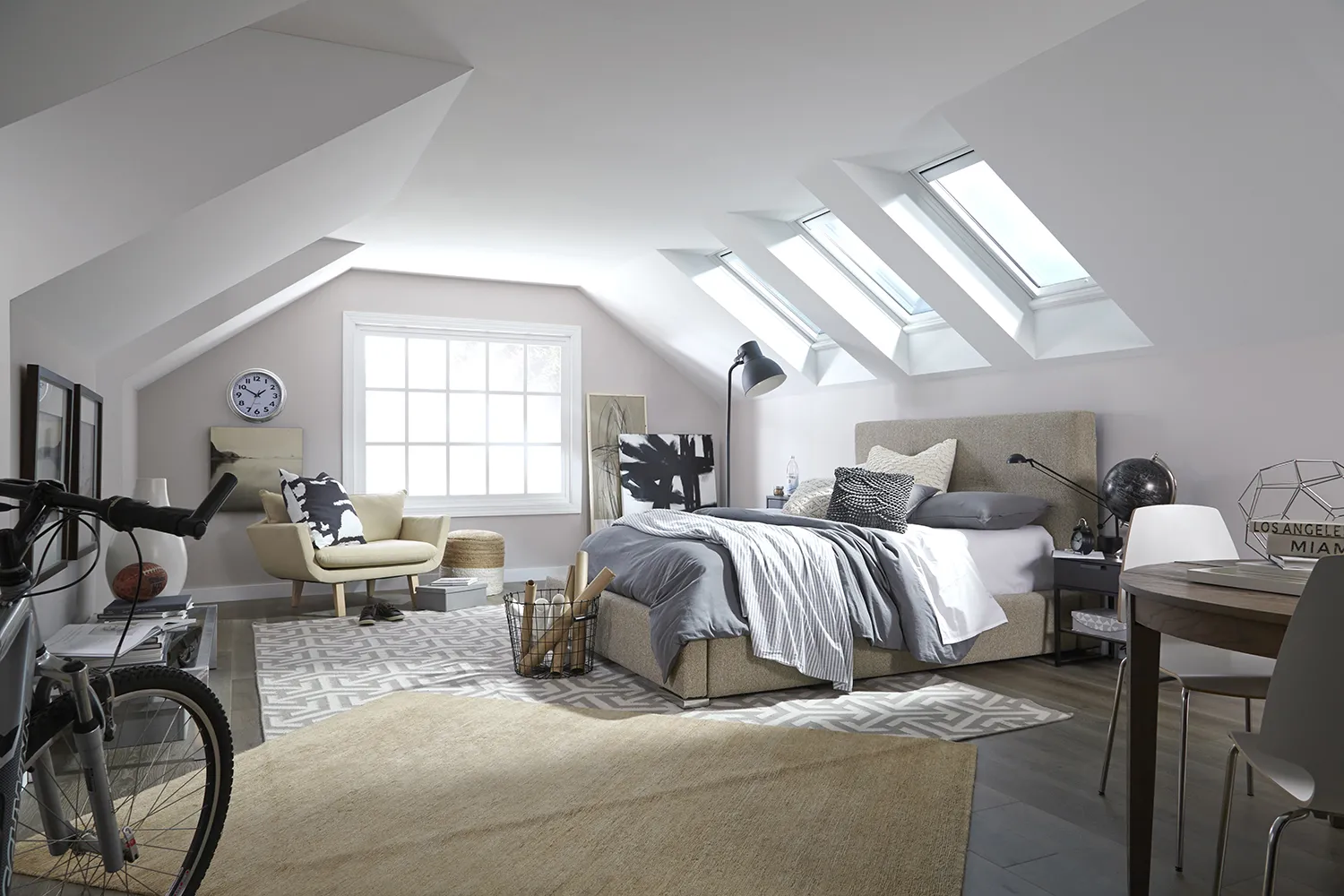How Skylights Help Reduce the Carbon Footprint of Homes
When people think about climate change, they typically envision factory chimneys, congested traffic, and melting icebergs. What many forget is the place where they spend most of their lives: their homes. Yet buildings are among the largest contributors to carbon dioxide emissions. According to the United Nations, they are responsible for about 40% of global emissions. This is not just about factories and skyscrapers; ordinary residential houses also play their part. Heating, cooling, and artificial lighting all consume energy and add up quickly.
Is it possible to achieve considerable impact without implementing sweeping reforms? Could it be as simple as making wise architectural choices, like installing skylights? Surprisingly, yes, and it makes perfect sense.

Skylights Do More Than Look Nice
A skylight is an engineering element that transforms the character of a building. It brings daylight deep inside and creates a sense of space and openness. But the real impact goes far beyond aesthetics. It alters how people inhabit the space.
When a home features a custom skylight solution, especially in spaces like the living room, people naturally adjust their routines. They rely less on lamps and air conditioning, and their circadian rhythms align more closely with the natural day- night cycle.
Daylight Is One of the Best Ways to Save Energy
Eco-friendly solar-powered skylights significantly reduce daytime electricity use. Their built-in sensors automatically adjust indoor brightness to the weather and time of day, especially effective in sunny areas like Anaheim and Orange.
Unlike side windows, skylights allow natural light to reach further into a room, providing more even illumination. This makes a difference in spaces like living rooms and home offices, where better daylight improves comfort and lowers reliance on artificial light.
Skylights as Mood Setters
Fresh air skylights do more than adjust a room’s temperature or brightness—they create a direct channel for light and fresh air from above. Unlike conventional windows, they are not obstructed by curtains, furniture, or windowsills. They can be opened manually or set to respond automatically, making ventilation effortless.
But their impact goes beyond hardware. Natural overhead light seeps into every corner with a gentle clarity that eases tension and sharpens focus. It is simply the comfort of a space designed to feel open and balanced.
What to Keep in Mind Before Installing
Even the best architectural elements can cause problems if not carefully planned and executed. When choosing and positioning skylights, consider local climate conditions, roof slope, and the sun’s path. If these factors are not taken into account, your home may overheat in the summer, lose heat in the winter, or risk leaks. To avoid such issues, we recommend working with a professional skylight installer. Proper installation and sealing boost productivity and help prevent costly future repairs.
Skylights Belong in Sustainable Design
Every reduction in carbon emissions counts. Skylights offer a straightforward yet impactful solution to support sustainable architecture, bringing natural light indoors, reducing the need for artificial lighting, and enhancing overall well-being. While one skylight may not be enough to solve the climate crisis, it is a meaningful step toward buildings that respect the environment and use energy more efficiently.
Brighter homes not only feel cleaner but also have a smaller environmental footprint. Sometimes, the simplest choices lead to a more eco-friendly future.
